How to Fill an Employment Gap on Your CV
24 Apr. 2025
An extended break from work is something that can occur to almost anyone, whether by choice or by circumstance. It’s not something that should be seen as a limitation or bring any discomfort as this can often be out of one’s control. However, a clear, accurate explanation is needed for any employment gaps on your CV to give a potential employer sufficient context to work with.
What is an Employment Gap?
An employment gap is just that: an extended period of time spent not working in between jobs (a month or two would not necessarily be long enough to be considered an employment gap). Because of the effect COVID-19 had on many industries and individuals, interviewers today have had exposure to employment gaps on CVs and are, on the whole, understanding. LinkedIn, the popular professional network platform, has even rolled out new ways for users to address employment gaps on their profiles.
Even so, it is important to convey any employment gap on your CV in a way that is clear, concise, and professional. This provides the interviewer with necessary context, and allows you to comfortably and openly discuss things further in an interview.
Four Tips on How to Fill an Employment Gap
1. Be Honest
There’s a reason this is number one on the list. Honesty is the single most important thing when it comes to an employment gap on your CV. Employers are understanding and considerate about a number of things, but lying is not one of them. Be real about the reason for your work break, though don’t go into more detail than necessary. If you were made redundant or laid off, simply say so.
While it might seem like an easy solution, adjusting the employment dates on your CV to cover for the gap is a big no no. Employers often call previous places of work to screen potential employees, and this would almost certainly come to light.
2. Be Prepared
It’s likely that any employment gap will be brought up in an interview. Preparing how you’re going to address it beforehand will ensure your answers are delivered with confidence and clarity. Remember, you’re not trying to make excuses or pretending the gap doesn’t exist, you’re explaining the situation in a fair and easy-to-understand way.
3. Be Positive
Positivity is infectious, and can often change the perception of something. If your employment break was as a result of external circumstances, try and highlight any positives that may have come from that (without making anything up, see tip 1). If stepping away from work was your choice, perhaps to travel or provide assistance to a family member, you can touch on how this taught you new skills or developed you as a person.
In either case, showing enthusiasm and a readiness to get back into the working world allows you to use an employment gap as a tool to impress.
4. Be Proactive
An employment gap gives you an opportunity to upskill yourself. This is one of the best ways to use any time away from work, and can be done by researching and broadening your knowledge on your industry, finding a voluntary position, or taking a course. Sites like SkillShare offer thousands of interesting and educational online classes, meaning there’s something for everyone.
Ways to Address Specific Employment Gaps
While an employment gap can be caused by a number of different reasons, some are more common than others. Here are four relatively usual reasons for an employment gap and how you can best address them:
If you took a work break due to an illness:
Make sure you indicate that, despite having suffered an illness, you are ready and excited to get back into work. If your illness prevents you from being able to do anything in particular, be sure to be upfront about that.
If you went on maternity leave:
You can simply state that. If you want to elaborate on any lessons parenthood may have taught you, you can do so, though this is not necessary.
If your employment gap was a result of family care:
It can be best to frame this as ‘family-related personal issues’. This gives an adequate explanation to your CV and lets you clarify specifics in an interview, a far better setting to expand where needed.
If you were travelling long-term:
Point out how immersive the different cultures were, the new things you experienced, and how this shaped you as a person. Reinforce that despite your travels, you are eager to settle in at a company and get involved.
And Remember to Sell Yourself!
Don’t forget that your CV is your chance to really stand out (check out our tips to writing a great CV). As much as you can, use an employment gap to showcase any genuine positives and takeaways you might have. Employers are, after all, people too and have a good grasp of the complexities of life.
This way, your employment gap is communicated effectively and professionally, and you can feel confident in your CV and yourself.

 Contact Us
Contact Us
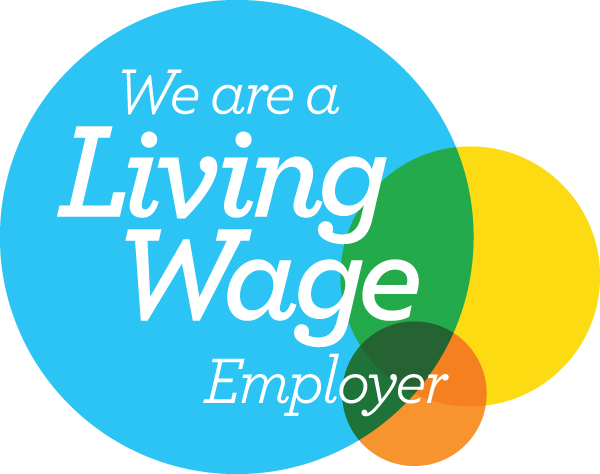


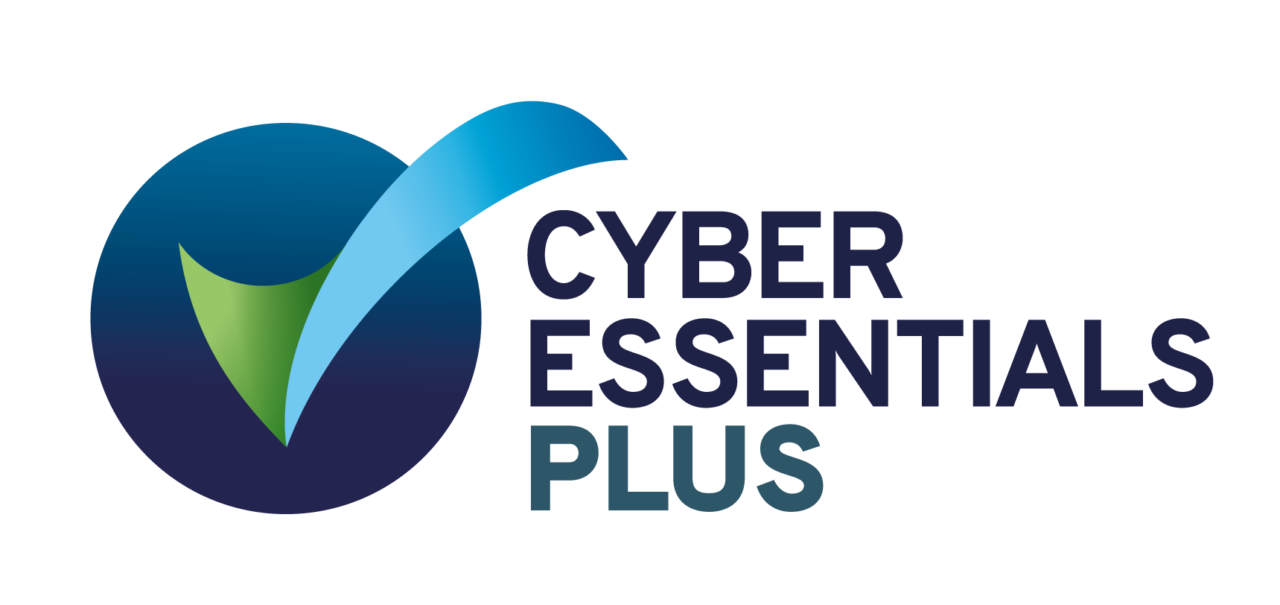
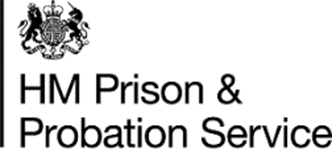
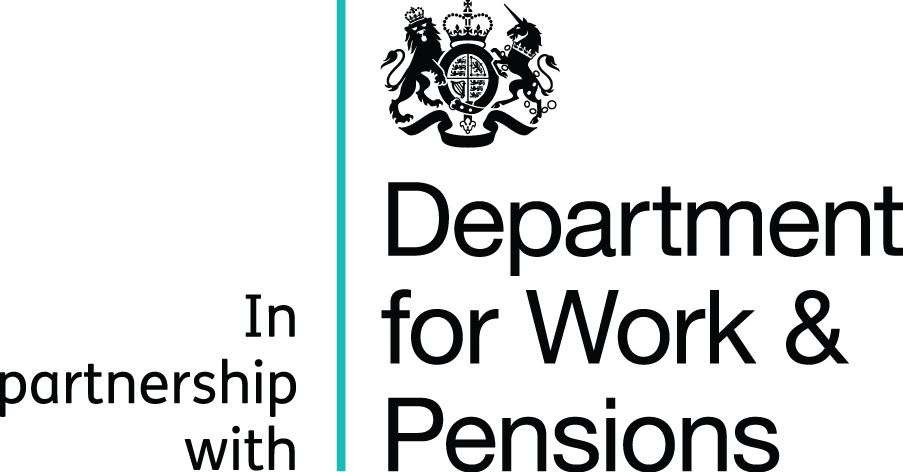


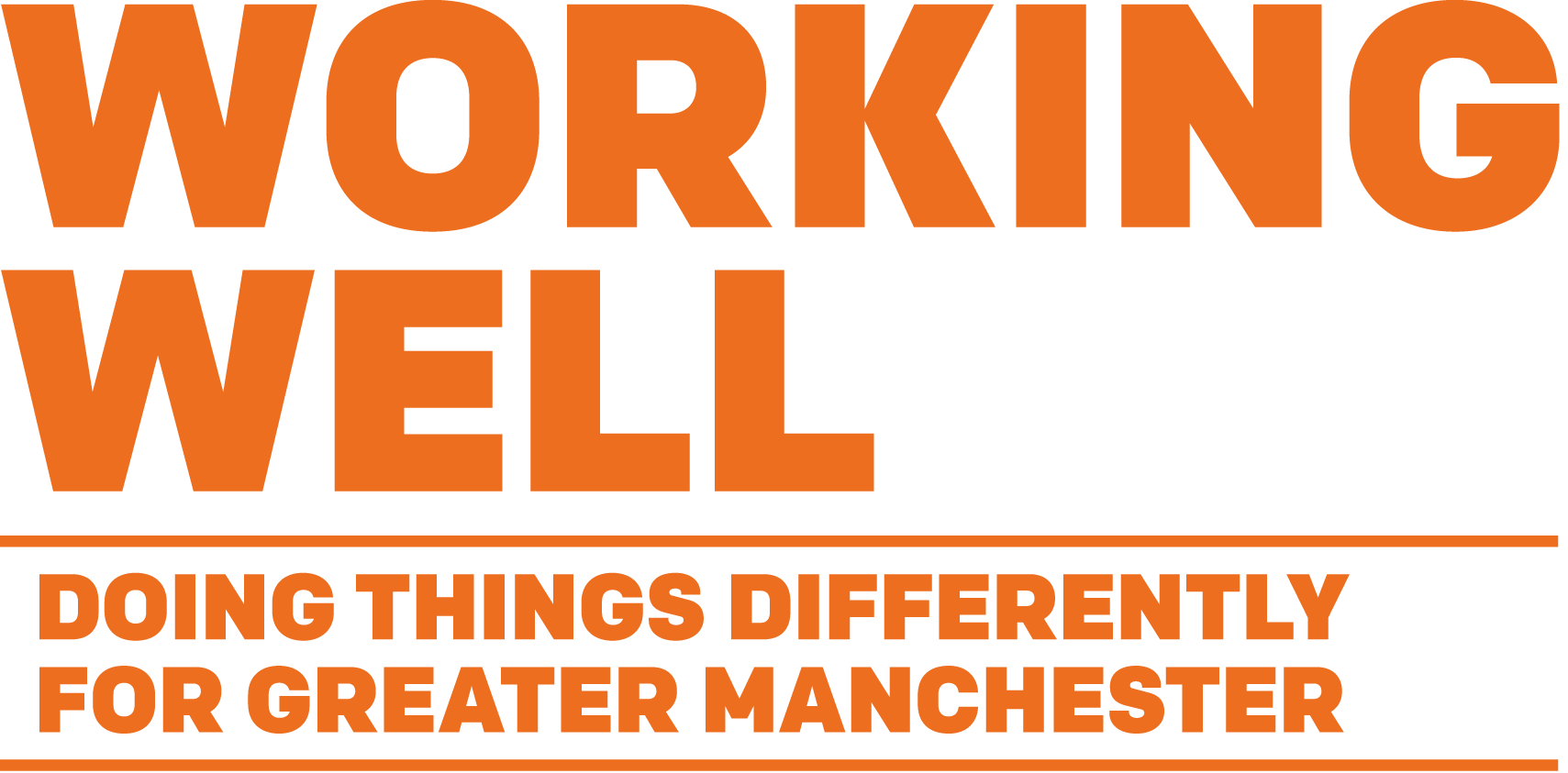.png?width=1709&height=843&ext=.png)
.png?width=1165&height=190&ext=.png)
